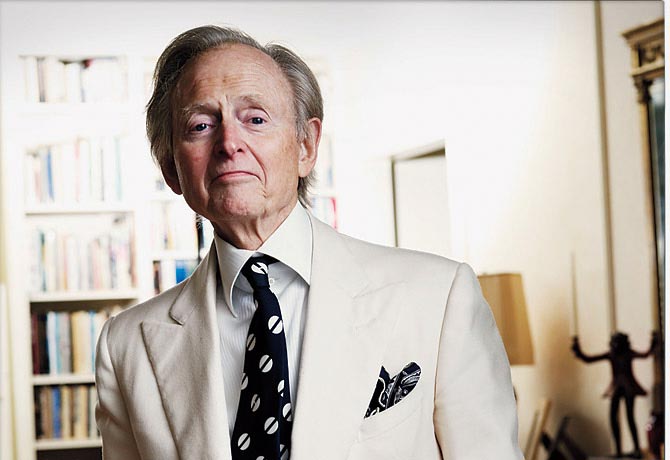The Year of Remembrance vs. the Year of Death: 1814, 1914, 1944, 2014…
Below is the English translation of my speech given on June 14, 2014 at a historic manor house, in the village of Guthmannshausen, in the vicinity of Weimar, the state of Thuringia, Germany. The speech was delivered on the occasion of the 100thanniversary of the beginning of WWI, the 100th anniversary issue of the magazine Deutsche Militärzeitschrift (DMZ) and the monthly magazine of politics and culture ZuErst! whose host and editor in chief, Dietmar Munier, marked on that occasion his 60th birthday. This was a private event attended by approximately 150 people, mostly journalists and contributors to these journals, accompanied by their families.
* * *
Each anniversary year brings back memories of times past which one either wishes to revive for himself and his people, or administer to others as a political-pedagogical year of admonition. The German word “Gedenkjahr” cannot be easily translated into other languages, and often this word causes serious misconceptions among different nations. The word “Gedenkjahr” is translated into English or French as “memorial year” and as “jubilee year” — two completely opposing political notions. Depending on different nations, depending on their historical sentiments, an anniversary year can be memorized as hope, joy, and nostalgia. But it can also be used as an exhortation, a threat of punishment, or a fear-inducing tool. As far as our own anniversary year is concerned, we recall today our own life span and we enthuse about cheerful dates in our nation’s history. When celebrating one’s happy birthday, and if one, as an old man, still retains good memory, such as Ernst Jünger and Johann Wolfgang Goethe did, then one can say that life has some meaning.
When one is past his 60th birthday one needs to raise a question: “Why any more anniversaries?” The Franco-Romanian philosopher Emile Cioran, an ultra-nihilist and cultural pessimist, wrote that one shouldn’t live past one’s 40th birthday. On the occasion of his 70th birthday Cioran said that any further well-wishing for further life sounds grotesque to him. In an interview, in 1987, several years before his death, he said:” Within fifty years, the Notre Dame will become a mosque.”
By contrast, when hostile nations or groups commemorate the anniversaries of their political disasters, they are often inclined to use the buzzphrase: “Never again!” Commemorative years convert then quickly into symbols of the year of the dead and the days of admonition, especially when hostile nations and groups start cobbling together their endless anniversaries and present them as victimhood teachings at the expense of other nations. Read more







